Katanning Landcare was proud to host a cockatoo training workshop in conjunction with SWCC and Birdlife Australia. Though we had a small group attend, the group was very enthusiastic and happy to learn about how to identify potential cockatoo nesting sites, how to survey them using a variety of methods, including the ‘CockyCam’, and more about the habits, lifecycle and health of the endagered Carnaby’s Cockatoos.
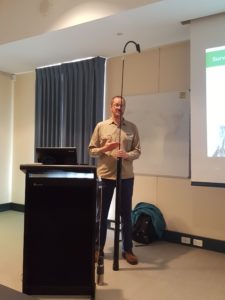
Birdlife Australia’s Adam Peck with a Cocky Cam
The best part of the day was the opportunity to head out into the bush and do some hands-on survey work.

Adam taking the group through steps of a survey
I got to have a go at using the CockyCam, which looks simple, but is surprisingly difficult to manage and navigate, especially once you get up quite high!

My turn!
How exciting! One our the trees we surveyed flushed a female! It’s hard to be sure if she was just investigating the nest for suitability, if she had an egg in there (we weren’t able to get a good view inside the hollow with the CockyCam). But it was an amazing sight!
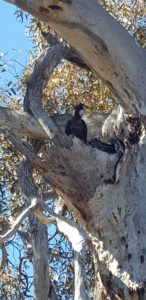
So exciting!
On our way back into town we stopped to look at some roadside trees and found a bird nesting and on two eggs!! The importance of remnant roadside vegetation, even these old ‘dead’ trees should not be under-estimated!
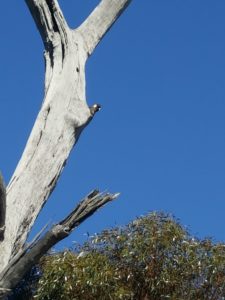
Flushing a female sitting on two eggs in a roadside tree.
Cockatoos will be nesting in the area until the new year and we would love to know if you spot any nesting or feeding behaviour in your area. If you would like to report a black cockatoo sighting, contact Andrea on 9821 4327 (please leave a message, or I won’t know you’ve called) or via email hello@katanninglandcare.org.au or go direct to the link https://app.maptionnaire.com/en/7399/ to fill in your sighting information.

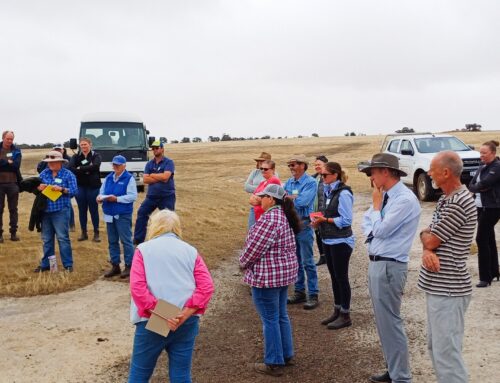
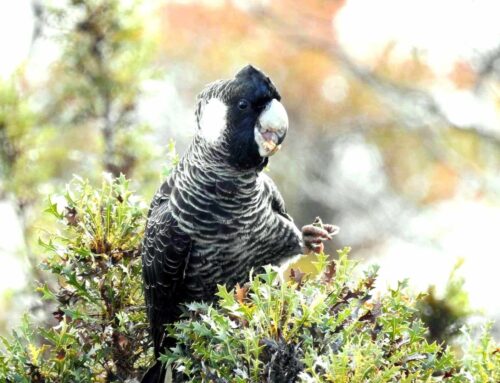

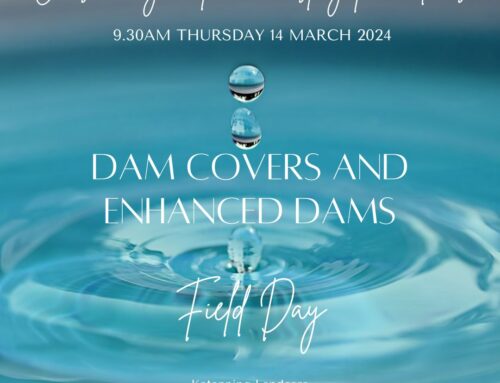
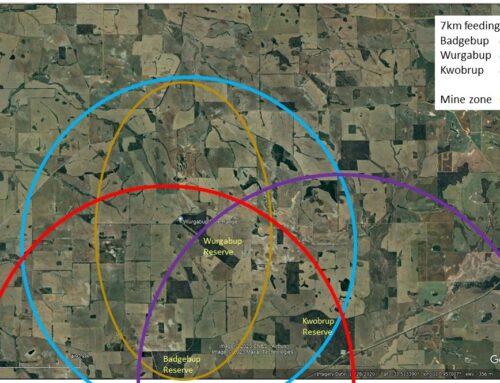
Leave A Comment